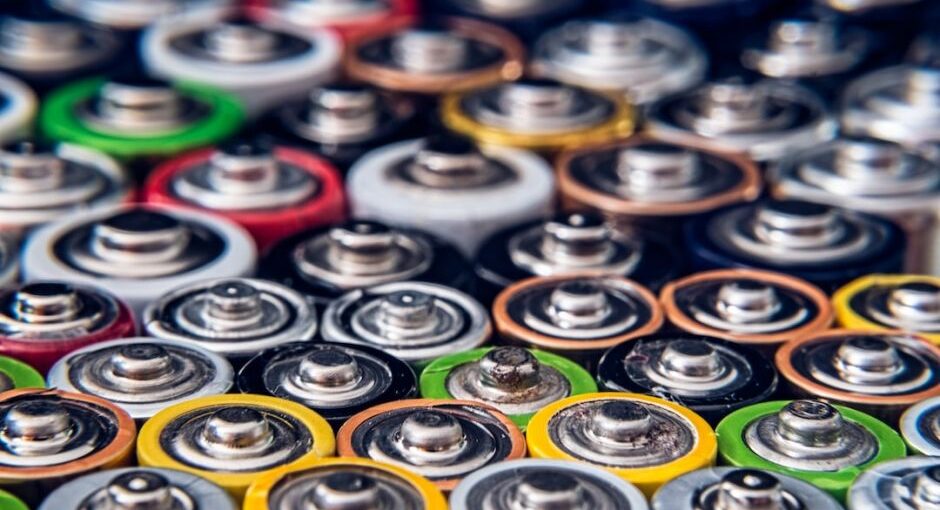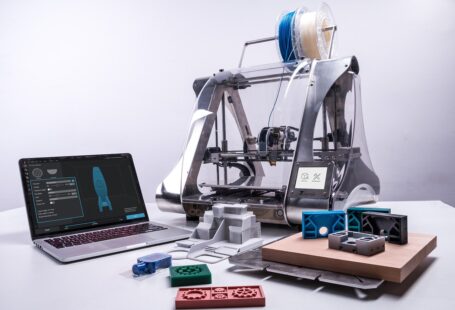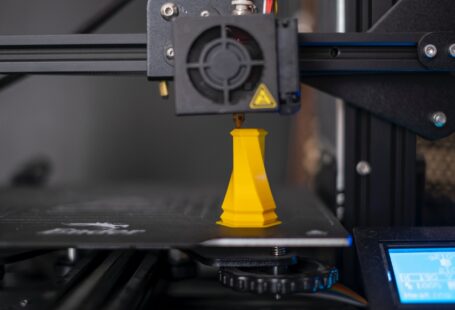The concept of 3D printing is an exciting one, with the potential to revolutionize the way we create objects. However, with any new technology, there are potential issues associated with it, and one of the major issues is toxicity. The materials used in 3D printing can be hazardous to both humans and the environment if not properly managed and disposed of. In this article, we will look at the toxicity issues associated with 3D printing materials and how to mitigate them.
Types of 3D Printing Materials
3D printing materials come in a variety of forms, from plastics to metals and even composites. Plastics are the most common type of material used, and there are many different types available, from ABS and PLA to PETG and nylon. Metals such as titanium, stainless steel, and aluminum are also popular, as are composites like carbon fiber and glass-filled nylon.
Toxicity of 3D Printing Materials
The toxicity of 3D printing materials depends on the type of material being used. Plastics, for example, can contain toxins such as styrene, phthalates, and bisphenol A (BPA). These chemicals can leach out of the plastic and be inhaled or absorbed through the skin, leading to health issues such as respiratory irritation and skin irritation. Metals, on the other hand, can contain heavy metals such as lead, cadmium, and chromium, which can be toxic if inhaled or ingested.
Mitigating Toxicity Risks
There are several steps that can be taken to reduce the risks associated with 3D printing materials. First, it is important to choose materials that are non-toxic, such as PLA or PETG. Second, it is important to use proper ventilation when printing, as this can help reduce the amount of toxins that are released into the air. Third, it is important to use proper disposal methods for 3D printing materials, such as recycling or composting. Finally, it is important to research the safety information for the materials being used, as well as the manufacturer’s safety guidelines, to ensure that the materials are being used safely.
Conclusion
The potential toxicity issues associated with 3D printing materials can be a major concern, but there are steps that can be taken to reduce the risks. By choosing non-toxic materials, using proper ventilation, and following the manufacturer’s safety guidelines, 3D printing can be done safely and without causing harm to humans or the environment.





